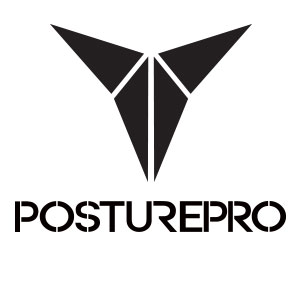We all had to learn it… joints, levers, mechanical advantage, muscle function…
And it was necessary.
Biomechanics is necessarily necessary: the left-brain approach
Biomechanics is the building blocks of understanding movement. Somehow, its appreciation is a necessary step in the quest of mastery for all strength coaches and therapists.
Appreciation of biomechanics is one thing.
It is its application in the context of physical therapy mostly that I’ve found to be interesting since I’ve been trying to figure out the iron game… or even the game of life.
We are quick to say:
It’s a shoulder problem…
The iliopsoas is the culprit…
The patella does not track properly on the femur…
When making these observations, I believe we are half right, half wrong. And you know as well as I do that you just can’t be right if you are half wrong!
We assess biomechanically… and that’s part of the problem.
That’s the left-brain approach.
We look at one joint specifically. We dissect it. We know the 20 some odd muscles of the shoulder and precisely what they do at every joint angle. We know a lot…
We will muscle test…. We will test the length of muscles and then we potentially strengthen the weak muscles. The courageous ones will stretch the tight ones.
The usual suspects for the shoulder: in 3…2…1… the lower trapezius and the external rotators… Right?
Again, that’s the left-brain approach. It’s ok. It’s fair. Yet, it’s brutally incomplete.
Keep in mind; muscles are innervated by lower motor neurons.
Systems analysis: the right-brain approach
If we are to truly increase performance, we are obligated to keep the big picture in mind. Assessing joints and muscle strength is one thing.
Somehow, addressing the big picture means testing the body from head to toe, as one system geared to kick some serious ass.
We have to consider why we would even assess biomechanics in the first place. We are assessing movement… I get that.
But what’s the purpose of moving?
In which context does it take place?
What is the preexisting condition to movement?
Three questions that are never asked and yet, the answers determine the efficacy of your very interventions as a strength coach or physical therapist.
So let’s answer them together, shall we?
What’s the purpose of moving?
To accomplish tasks.
In which context does this take place?
Under the load of gravity.
What is the preexisting condition to movement?
Overall body stability.
If most strength coaches can easily appreciate the first answer, the second and the third ones probably leave them feeling confused.
I mean, don’t we all master standing upright? Isn’t that easy? Why even bring it up?
Keep in mind; the balance centers that keep us upright are the upper motor neurons.
The death of biomechanics; the birth of a new paradigm
If we are to use both our left and right brain, we can do it all. We can assess locally and never lose sight of the big picture.
If each of the 360 joints in the human body is to move well, the entire skeleton needs to be aligned.
It can’t be about the shoulder or the knee anymore. It needs to be about the entire body, as a system.
As stated earlier, if lower motor neurons innervate muscles and upper motor neurons are responsible for balance, which ones are the most influential?
Upper motor neurons actually dictate the behavior of the lower motor neurons.
This is why I can’t be bothered with the concept of muscle imbalance. It’s made up. It actually does not exist.
The upper motor neurons’ job is to keep you alive. Performing at the bench press comes second…
In doing so, the upper motor neurons keep you alive by keeping you upright in a context where your body preserves the maximal amount of energy in case of famine, for example.
In that regard, it makes perfect sense that the nervous system is capable of and always looking to align the mechanical structures to perfection; it is cost effective.
So why not assess and actually fix that?
Why not automatically improve the function of 635 muscles in a few minutes?
This isn’t sci-fi. It’s 2015. It’s been around since 1985. It’s about time America catches up…
This is Posturolgy.
Visit this link for our upcoming Programs.
Copyright © 2015 Posturepro™




